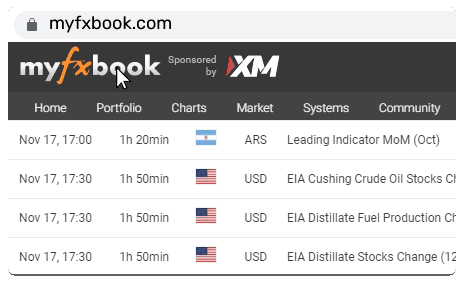Markets Rattle as Trump’s 2025 Tariff Shock Triggers Global Sell-Off

Global markets reeled after President Donald Trump’s surprise 2025 tariff announcement, which imposed a flat 10% duty on all imports and raised “reciprocal tariffs” to 34% for China, 24% for Japan, and 20% for the EU. The sweeping policy, unveiled on 2 April, stunned investors and reignited fears of a full-blown trade war—wiping trillions off global market valuations within days.
Equities plunged as panic selling gripped major exchanges. The Dow Jones posted consecutive daily losses exceeding 1,500 points for the first time in history, while the S&P 500 shed nearly 11% in two sessions. Tech giants were among the hardest hit, with Apple, Nvidia, and Amazon contributing to a $1.8 trillion loss among the so-called “Magnificent 7.”
In Asia, the Nikkei dropped nearly 9% on open before entering a bear market, while the Hang Seng fell 12% in a single session. European markets followed suit, led by a 10% plunge in Germany’s DAX. Volatility soared, with the VIX—Wall Street’s “fear gauge”—surging past 45, its highest level in five years.
Safe-haven assets surged in demand. Gold touched a record high above US$3,160 before retreating, and bond yields tumbled as investors sought shelter. The Japanese yen and Swiss franc appreciated sharply, while cryptocurrencies also suffered, with Bitcoin falling 12% post-announcement.
The market shock wasn’t just about the numbers—it was about timing, scale, and uncertainty. Few expected tariffs of this magnitude so early in the year, especially with no clear end in sight. The move has shifted focus to potential retaliation, recession risk, and further policy fallout.
Will central banks adjust course? Can corporate earnings weather the tariff storm? And is this just the beginning of a broader decoupling?
Markets are now bracing for a prolonged period of heightened volatility, as investors weigh geopolitical friction against economic fundamentals. For traders, the coming weeks may present both danger and opportunity—depending on how quickly they can adapt.
👉 Explore trading opportunities amid volatility. Click to learn more.





















